

“In her sixties, and after a lifetime as a stage designer on her shoulders, Veronica Navarro discovered that if she closed her eyes and squeezed them shut for long enough, she could become invisible.
She immediately started using the technique in her work. During performances, she would glide onstage between actors and redirect spotlights, reposition misplaced props, and sew loose buttons back on costumes. It was the perfect power to keep an eye on everything, provided she could make herself visible again.
But one day, fatigue got the better of her. After a performance, she threw herself on the seats while still invisible and fell asleep.
The next day, she waited for the theater to open, but no one came. In fact, no one came back for twenty years. The theater had closed for lack of funding, and she had gotten trapped inside. Invisible and all, she went to work.
Years later, when the theater reopened under a new name, they found hundreds of half-finished costumes and set designs that delighted the new owners. They decided to use them for new productions but never knew whom to thank.”
“A sus sesenta años, y con una vida entera de diseñadora escénica sobre sus hombros, Verónica Navarro descubrió que, si cerraba los ojos y los apretaba por un tiempo suficiente, podía volverse invisible.
Inmediatamente empezó a utilizarlo en su trabajo. Durante las funciones, subía a escena deslizándose entre los actores y redirigía focos, posicionaba utilería que se hubiera salido de su lugar y cosía botones sueltos del vestuario. Era el poder perfecto para no perder de vista nada, siempre y cuando luego volviera a hacerse visible.
Pero un día, el cansancio pudo más. Terminada una función, se lanzó sobre las butacas, aún invisible, y se quedó dormida.
Al día siguiente, esperó a que abrieran el teatro, pero nadie lo hizo. De hecho, nadie volvió en veinte años. El teatro había cerrado por falta de financiamiento y ella había quedado atrapada en su interior. Invisible y todo, se puso a trabajar.
Años después, cuando el teatro volvió a reabrir con un nuevo nombre, encontraron dentro de él cientos de vestuarios y escenografías a medio terminar que fascinaron a sus nuevos dueños. Decidieron utilizarlas para los nuevos estrenos, pero nunca supieron a quién agradecerle.”
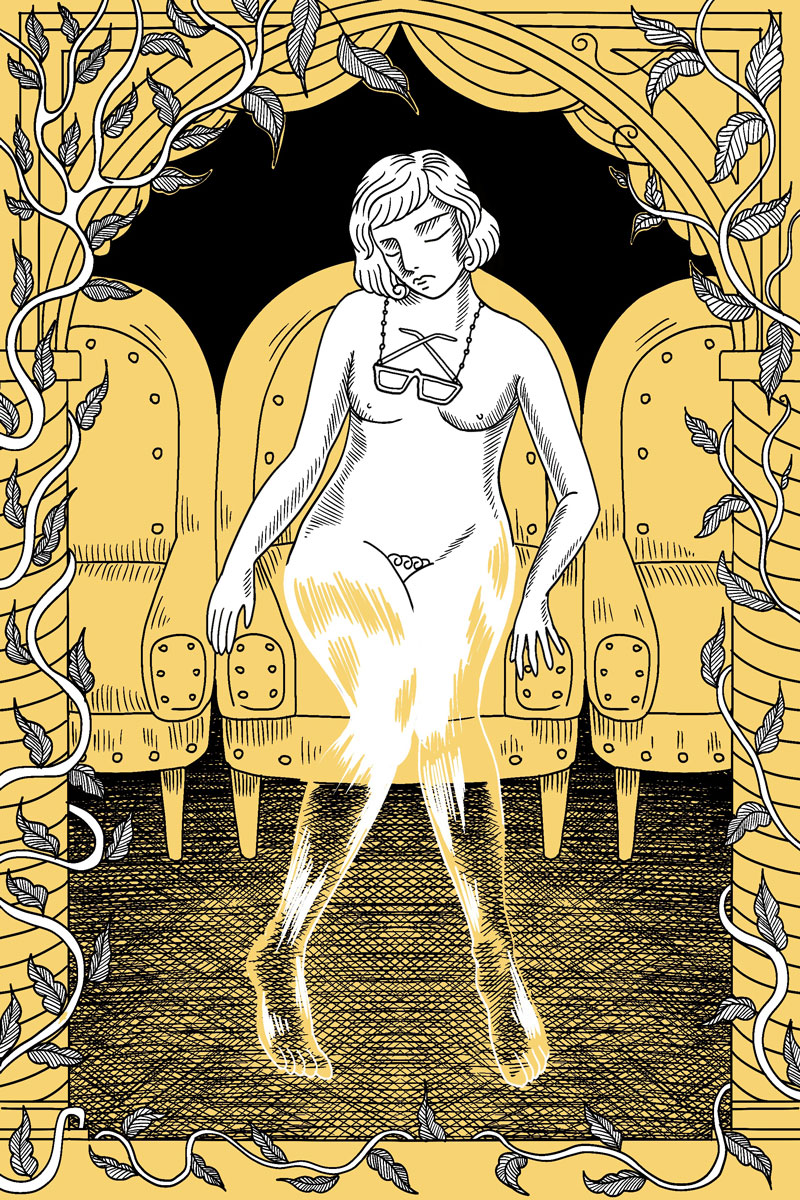
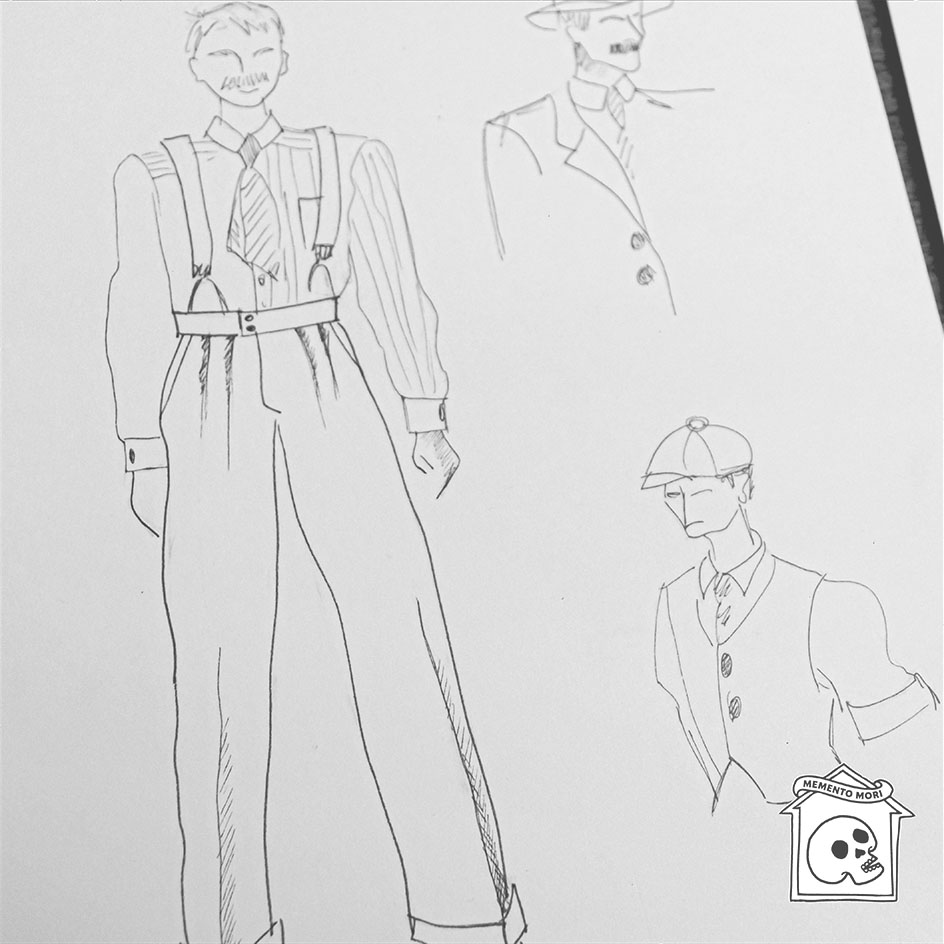

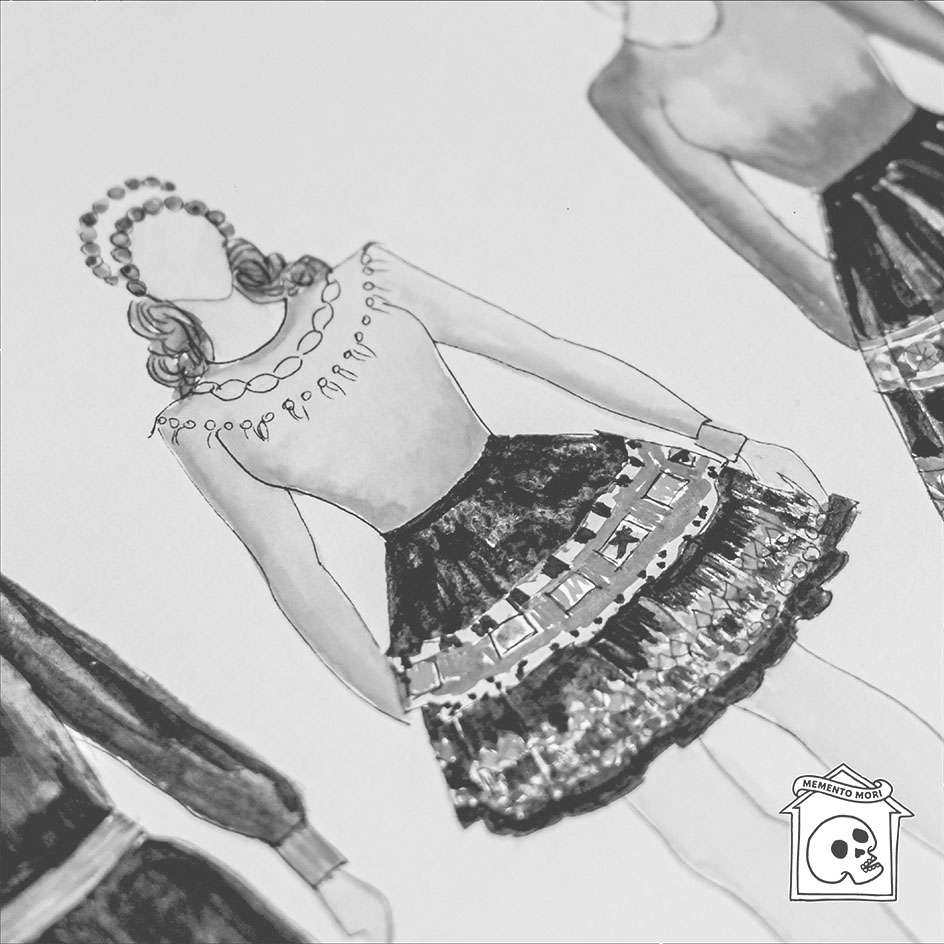
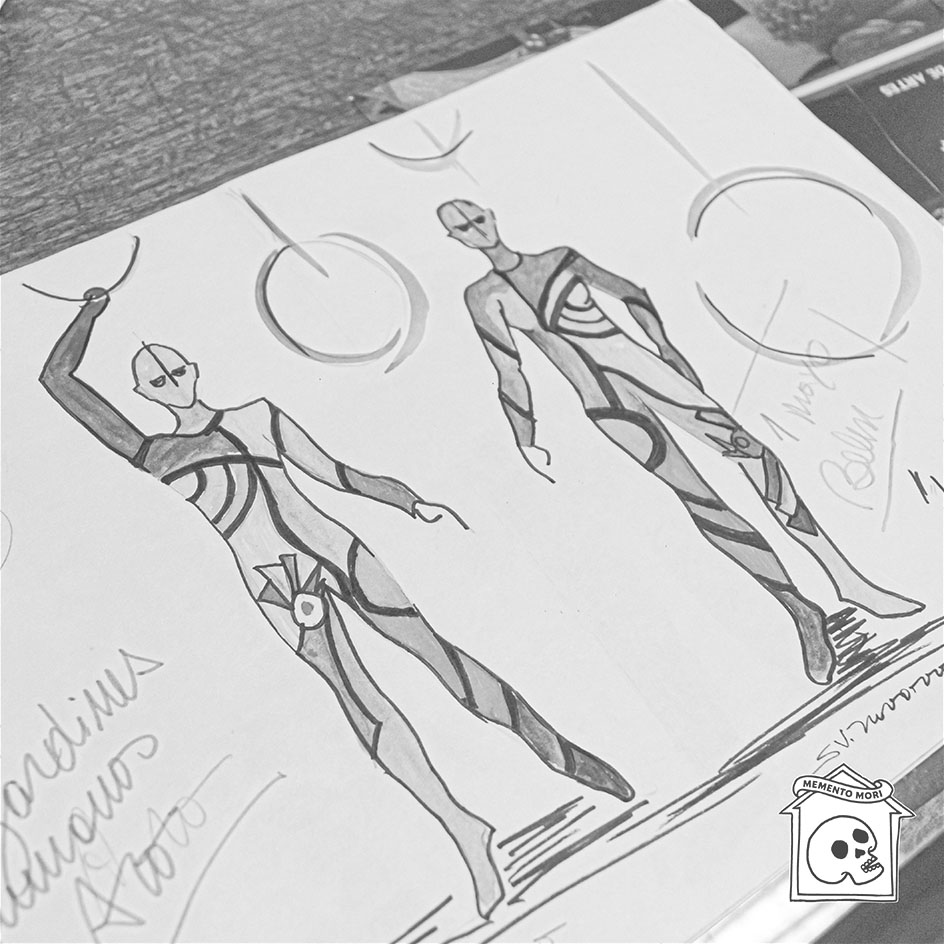


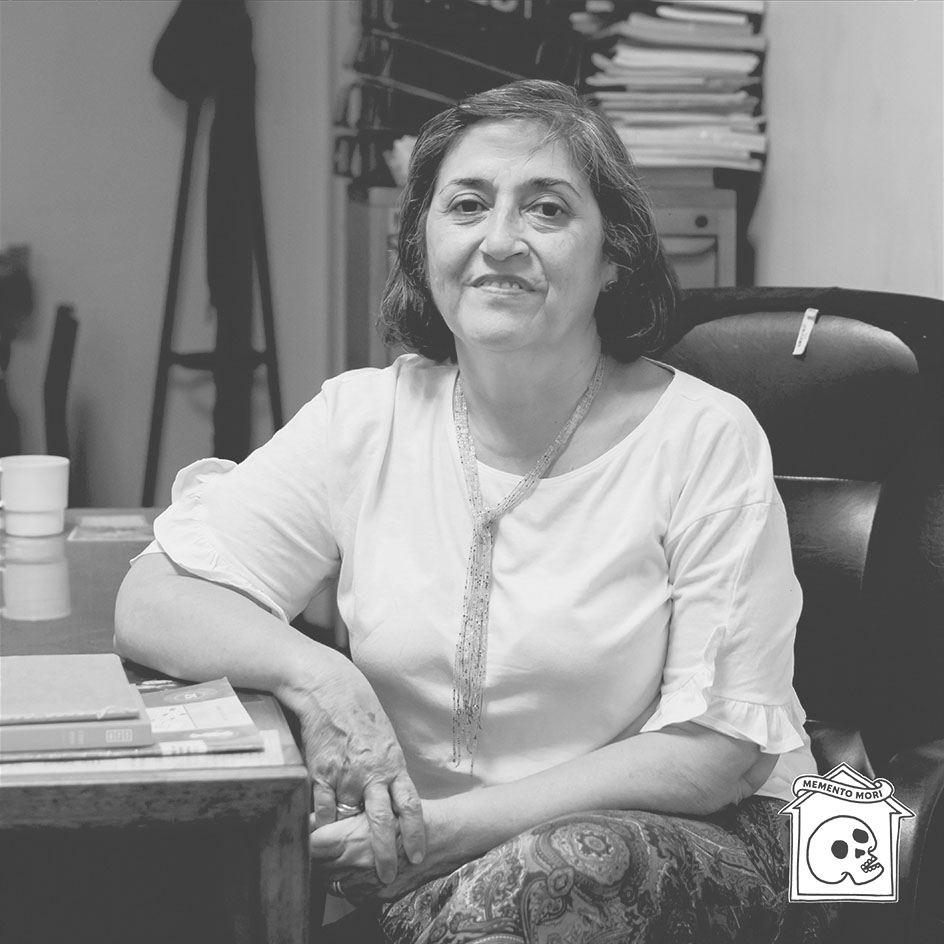
Sofía Verónica Navarro (better known as Verónica Navarro) was a theater designer trained at the University of Chile. Seeing Moliére's "The Bourgeois Gentleman," starring Ramón Núñez, at the Catholic University Theater inspired her to embark on this path.
She was a faculty member at the Universidad de Chile Theater Department, where she taught for over 30 years. She specialized in the history, infrastructure, and outfitting of theatrical spaces and taught at the undergraduate and graduate levels. In administrative work, she held positions related to Academic and Technical Responsibility and Outreach, Liaison, and Communications.
Her first stage designs were "Te llamabas Rosicler" by Paco Rivano, directed by Fernando González, and "La familia de Marta Mardones," by Eugenio Guzmán. She also worked as a stage director at the Teatro Universidad de Chile with the Chilean National Ballet, BANCH, during the 1980s.
She lived in Antofagasta for a while, where her relationship with the theater continued, working at the Universidad de Antofagasta Theater as an all-around theatre designer (costumes, scenery, and lighting) in conventional theater and children's theater, with particular success with the Jorge Diaz's "La Pandilla del Arcoiris."
She designed and tailored costumes and scenery for circus, theater, dance, musicals, and stage performances for years in parallel to her work as a teacher. Her final days found her pursuing a Master's degree in conservation and heritage restoration.
Sofía Verónica Navarro -o más conocida como Verónica Navarro- fue una diseñadora teatral formada en la Universidad de Chile. La obra que la inspiró a estudiar esta carrera fue una adaptación de “El burgués gentilhombre” de Moliére protagonizada por Ramón Núñez que vio en el Teatro de la Universidad Católica.
Fue académica del Departamento de Teatro de la Universidad de Chile, en donde se dedicó a la docencia por más de 30 años. Se especializó en la historia, infraestructura y equipamiento de espacios teatrales; en Docencia de Pregrado y Postgrado. En el ámbito administrativo ejerció cargos de Responsabilidad Académica, Técnica y de Extensión, Vinculación y Comunicación.
Sus primeros trabajos escénicos fueron “Te llamabas Rosicler” de Paco Rivano, dirigida por Fernando González y “La familia de Marta Mardones” dirigida por Eugenio Guzmán. También estuvo trabajando como Directora de Escena en el Teatro Universidad de Chile con el Ballet Nacional Chileno BANCH durante los años 80.
Por un periodo vivió en Antofagasta donde su relación con el teatro continuó, trabajando en el Teatro de la Universidad de Antofagasta como diseñadora integral (vestuario, escenografía e iluminación) en teatro convencional y teatro infantil, destacando la obra “La Pandilla del Arcoiris” escrita por Jorge Díaz.
Diseñó y confeccionó vestuarios y escenografías para circo, teatro, danza, musicales y espectáculos escénicos por años en paralelo a su actividad como docente, así mismo, en sus últimos días de vida se encontraba cursando un Magister en conservación y restauración patrimonial.